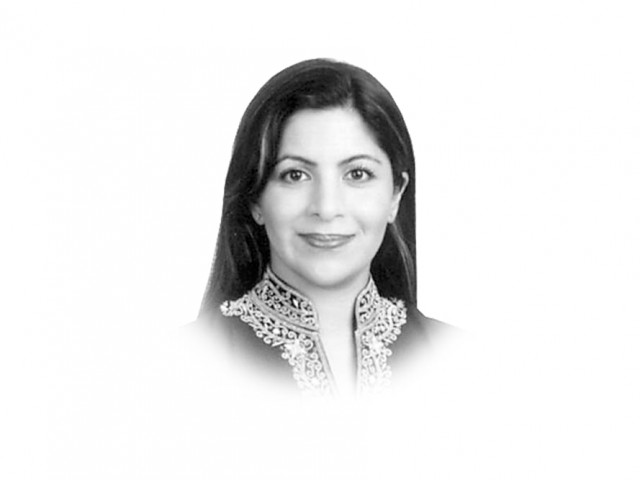Layers of tragedy
The loss of Airblue flight 202 this week again underscored the dark side of our national attitude to tragedy.

I was in Islamabad on the day of the event — in fact, I am writing this piece from the departure lounge at Islamabad airport, awaiting a delayed flight to Karachi, the day after the tragic event. The plasma in front of me is tuned to a news channel which is regularly displaying images of wooden coffins going home, the ticker faithfully updating figures of bodies now successfully identified. Behind me sits a family which has shipped their brother’s body back home. Dishevelled and apparently still in shock, they keep turning to the screen whenever footage of the crash appears.
I hope they haven’t seen some of the coverage that I monitored throughout the day. Within a few hours of the crash, one young reporter was inside the family home of one of the air hostesses. She asked the mother “Aunty what were your last words to your daughter?” On so many levels this interaction was unacceptable. How does it advance the cause of journalism to intrude into a home of a family on the verge of unimaginable grief where most are at a loss for words? Further, at this point, there was still hope that some people may be alive, so the use of “last words” was insensitive and inaccurate.
Then there was the ranting and raving of a prominent senior anchor who, apart from being a doctor, is also apparently an aviation expert. Within one hour of the crash, he was lambasting the CAA and air traffic control for ‘negligently’ telling the pilot to turn back barely minutes from landing — an unverified account, at such an early stage. Frothing at the mouth, he then concluded that the crash showed that this government was incapable of running anything, dealing with any crisis and was grossly incompetent. Now we all know the failings of this government but his outburst was irrelevant and displayed an intellectual immaturity unbefitting of a professional journalist.
Then there was the reporting from outside the PIMS hospital, late in the afternoon, when bodies had started arriving there. One reporter stood amongst the victims’ relatives whilst they were sobbing and breaking down. She reported (in Urdu) “they found bits of bodies and have now joined them up (sic) to make four complete bodies”. Further details included the description of bodies so badly burnt and disfigured that they were in pieces and being brought in shopping bags. Are these ‘reporters’ human? Would they ever describe their own mother or sister’s death in such morbid, lurid detail? Fatal plane crashes generally render bodies unrecognisable due to jet fuel fires — that sentence alone would have been sufficient to explain the delay in identification. But to indulge in macabre details, with no probative value, is senseless and callous. I can’t imagine what horror and additional pain the families of the deceased must have felt. Another layer added to tragedy — gruesome relish in uncovering what should remain alluded to — of ripping the shroud of decency and dignity from the dead and destroying even a semblance of compassion for the living.
For these ‘intrepid’ reporters, who will no doubt get a pat on the back from equally callous superiors revelling in tabloid sensationalism, this is just another story. For the families of the victims, the grief will be unending and multi-layered. Once the media interest wanes, the relatives and inquisitive folk stop visiting, the indelible impact of this loss will magnify. Long after Airblue 202 becomes a case study relegated to aviation history, these families will live with the weight of tragedy. Our hearts go out to them.
Published in The Express Tribune, July 31st, 2010.
















COMMENTS
Comments are moderated and generally will be posted if they are on-topic and not abusive.
For more information, please see our Comments FAQ